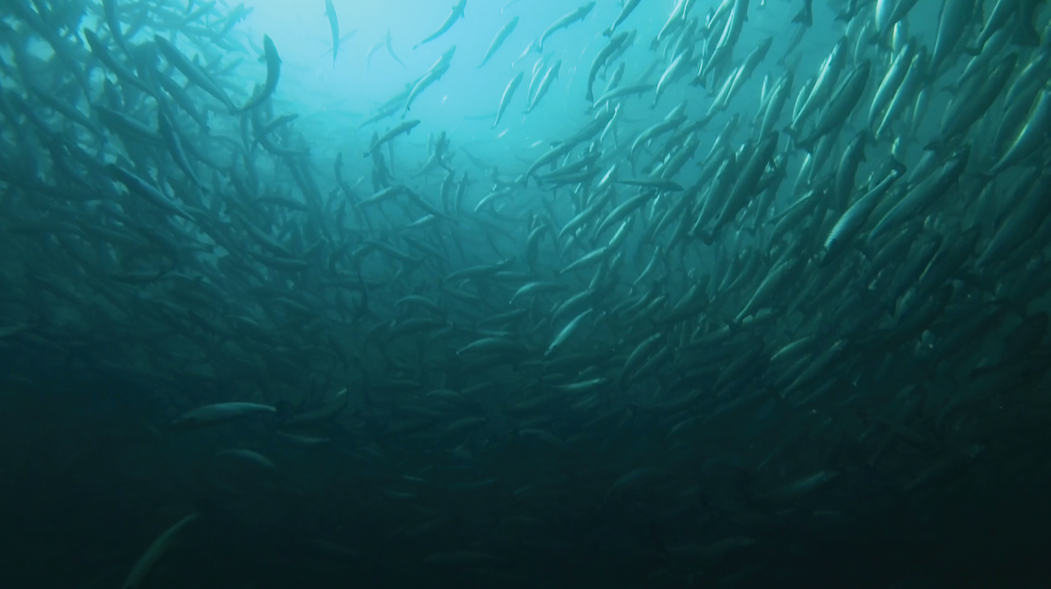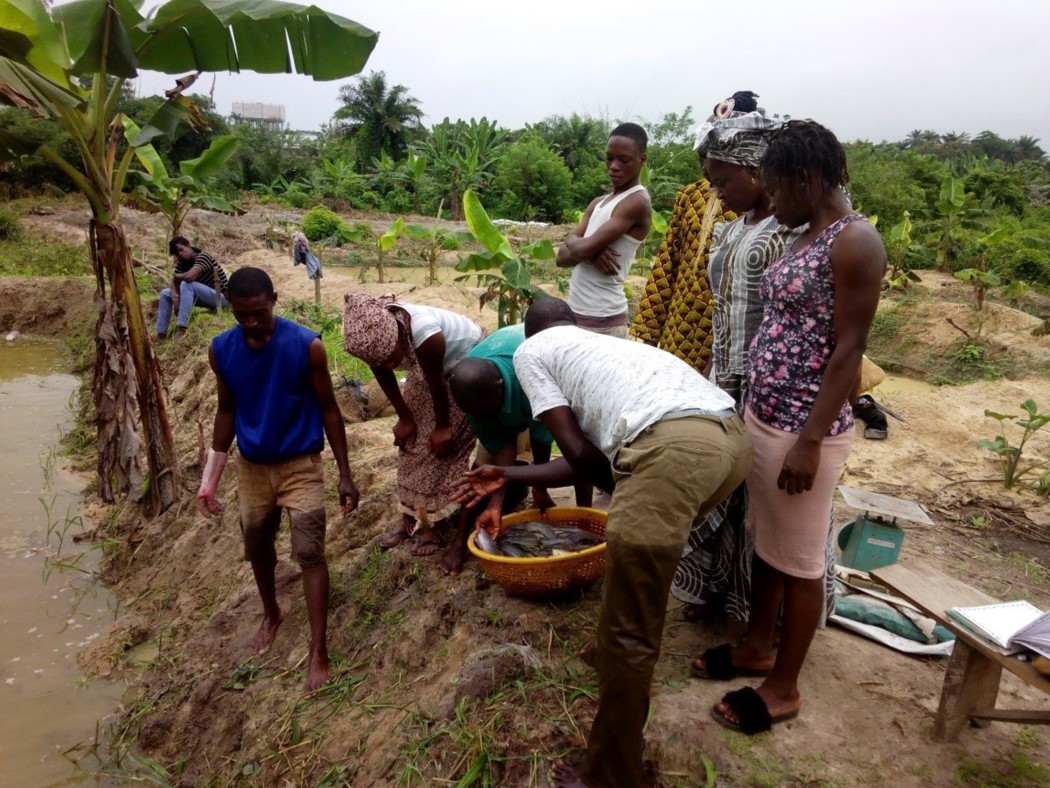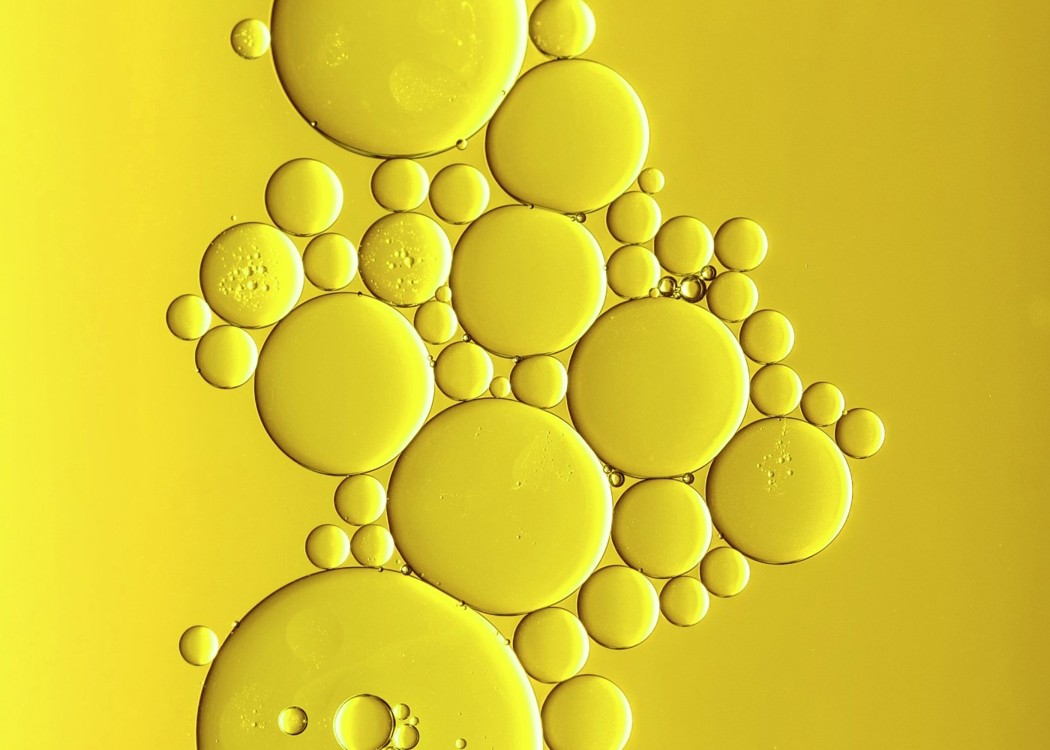
Protein farming for the future
As the world’s most efficient protein generator, aquaculture is one of the most important long-term growth areas for food production. According to the Food and Agriculture Organization of the United Nations (FAO), aquaculture continues to grow faster than any other major food sector and by 2030 is expected to provide over 60% of the fish available for human consumption.
Aquaculture is capable of producing large volumes of high-quality, healthy and traceable seafood. In comparison with terrestrial livestock farming, the industry has low carbon footprint and feed conversion ratio (FCR); it also has high protein and energy retention, and harvested edible yield compared to other centre-plate proteins. This makes it a strong model for how protein should be farmed in the future.
However, aquaculture cannot grow without sustainable feed.
Read our latest sustainability report to learn more


